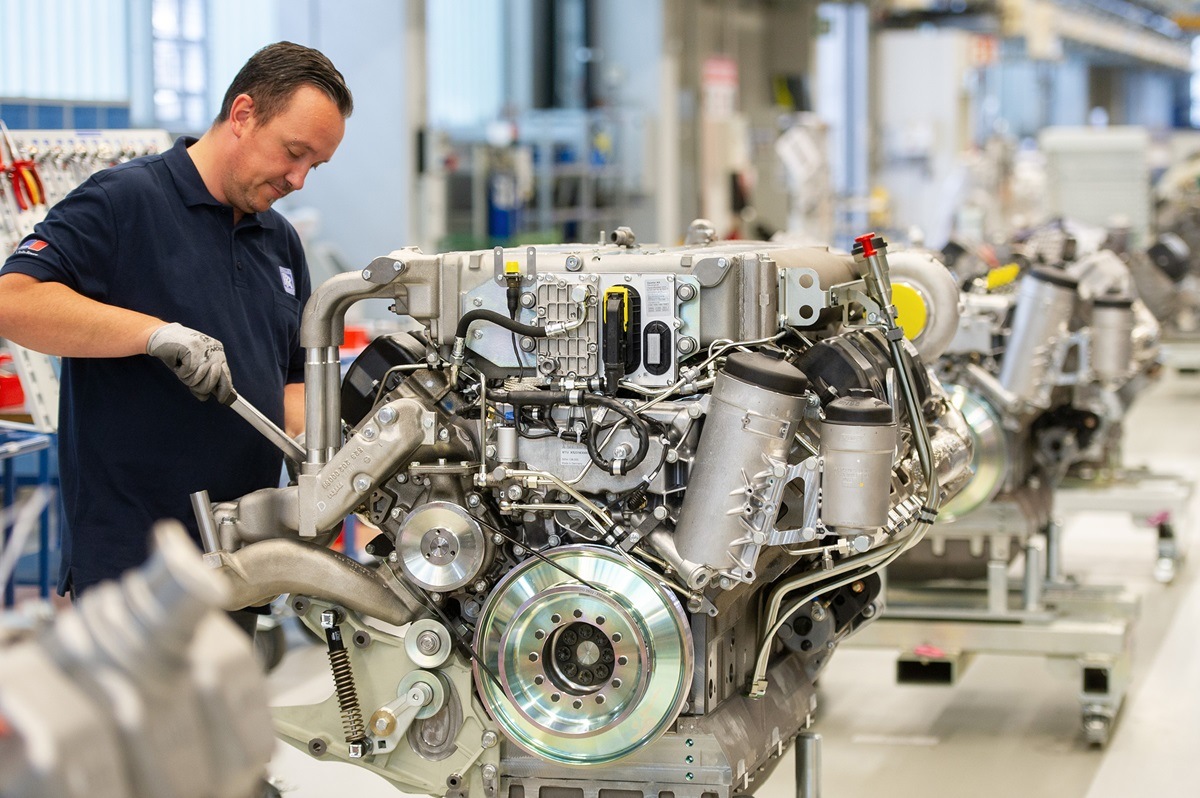Low profitability, Asian competition – is the European automotive industry on the edge?
European automotive parts manufacturers ended the year 2023 maintaining low profitability. Many companies operate with a profit margin below 5%, which constitutes a critical threshold for ensuring sustainable investments and maintaining competitiveness in a rapidly changing market. The industry’s condition was examined by the European Association of Automotive Suppliers (CLEPA) in collaboration with McKinsey.
![]()
Chinese competition pressures European automotive parts manufacturers
In China, the world’s largest market, in terms of price competitiveness, many manufacturers from the European Union (EU) lag behind domestic companies and have limited access to local vehicle manufacturers, of which there are many. Nevertheless, several parts manufacturers from the EU have managed to secure large orders among local vehicle manufacturers, showing that European companies can still succeed in China. If the EU can increase competitiveness and solve financing-related problems, EU parts suppliers may have a chance to defend the sector’s trade surplus in the coming years.
The EU’s trade surplus with China has decreased by more than half over the past three years. Competition in the world’s largest market is fierce, but a few suppliers from the EU have secured significant orders. The EU should emphasize strengthening competitiveness, as companies will work on accelerating their product development cycles to protect the sector’s global leadership position – says Nils Poel, Market Director at CLEPA (European Association of Automotive Suppliers).
The problem of European manufacturers – low profitability
Three years after the pandemic, profitability remains a significant challenge for automotive parts manufacturers. According to a survey conducted by CLEPA and McKinsey twice a year, only 37% of parts manufacturers expect solid profits this year, a significant drop compared to 59% in 2019. Moreover, 65% of companies operate below the critical profitability threshold of 5%, required to ensure sustainable investment in industry transformation. Worryingly, 25% of respondents report profits below 1% or even negative profitability. Despite this, the number of companies reporting losses is gradually decreasing, highlighting the sector’s resilience and adaptability.
EU imports (slightly) fewer components from China
For the first time in four years, imports from China have decreased, slightly down by 0.57%. This marks a break in the trend of increasing dependency that began in 2020. After two years of high imports into the EU, 2023 saw a clear change. Overall, there is a decline in imports into the EU, with growth of only 3% compared to 17% recorded in 2022. Since 2020, the EU has been importing more from Turkey, now the second-largest source of goods imports. Furthermore, it appears that EU imports from the UK have slightly increased post-Brexit, although they remain significantly below 2019 levels.

Bilateral trade surplus continues to deteriorate
The EU’s trade surplus with China has significantly decreased since 2020, from just under 7 billion euros to 3 billion euros in just three years. Considering the trade in battery cells, we can talk about the trade surplus turning into a deficit.
Meanwhile, the trade surplus with the UK and the USA has increased, partially offsetting the declining surplus with China. Automotive parts manufacturers continue to contribute positively to the overall European trade surplus. This surplus in automotive component trade (excluding batteries) amounted to 26.6 billion euros in 2023. Despite this positive contribution, the declining trade surplus with China is worrying, raising questions about how long the EU can maintain a positive trade balance with such a key trading partner. Policymakers must address these challenges to protect the long-term health of EU trade relations.
EU automotive parts manufacturers contributed nearly 27 billion euros to the EU trade surplus in 2023, but it is unclear how long the sector will be able to offset the EU’s competitiveness deficit. The EU must address the funding gap and reduce administrative burdens, strengthen the single market, and ensure stable, affordable energy to help suppliers thrive globally – said Benjamin Krieger, Secretary General of CLEPA.
Fierce competition in the world’s largest market
As the world’s largest market, China continues to be a key competitive arena for EU parts manufacturers. Most European suppliers face serious challenges entering the Chinese market, both strategically and in terms of research and development. Almost 50% of companies are unable to compete on price with China, 44% lack access to new Chinese vehicle manufacturers, and 40% have uncompetitive production cycles. Nevertheless, China’s leading role in mobility and market size makes achieving growth there crucial for European manufacturers. As highlighted in the CLEPA and McKinsey Pulse Check survey, 30% of European parts suppliers expect to increase sales in China, emphasizing the critical importance of overcoming these challenges.
Recent years for the European automotive industry have seen noticeably greater efforts to maintain competitiveness and a leading position. It’s no coincidence that in such discussions, the topic of China repeatedly comes up, with questions focusing not on the flourishing and strengthening of the automotive industry of the Old Continent, but on its survival. This shows the scale of challenges facing the industry and European policymakers – says Tomasz Bęben, President of the Association of Distributors and Manufacturers of Automotive Parts (SDCM).









